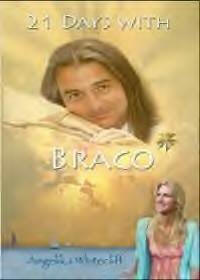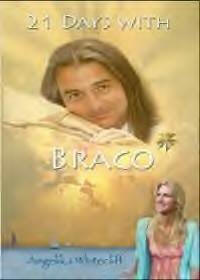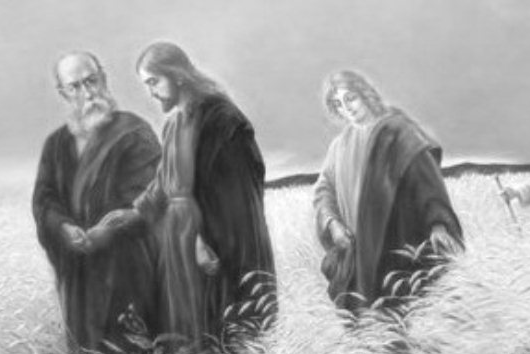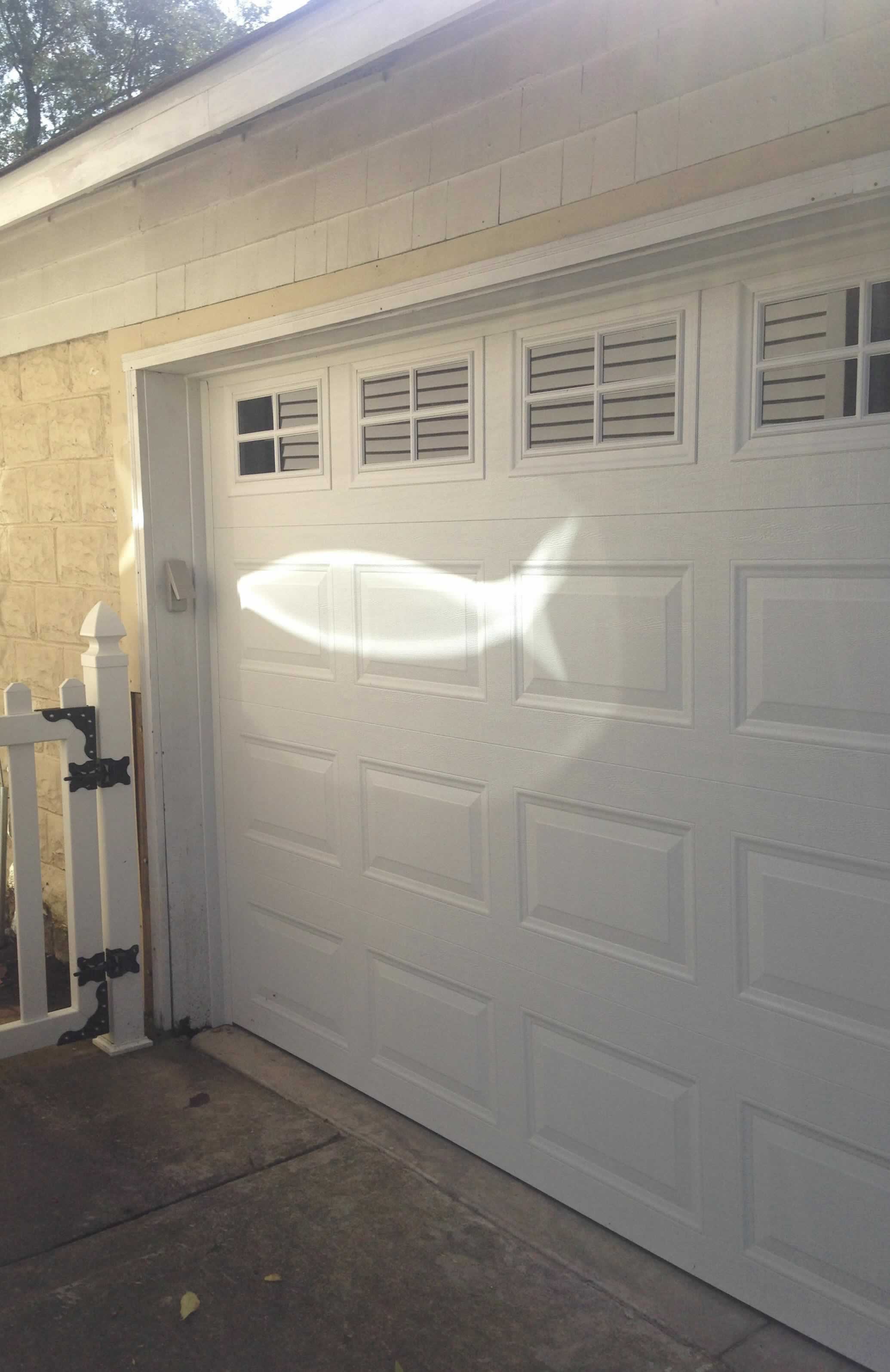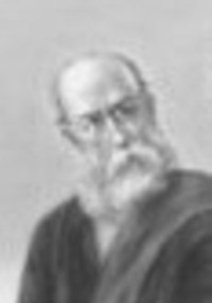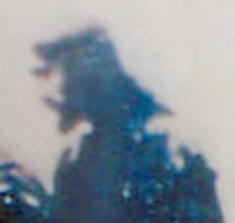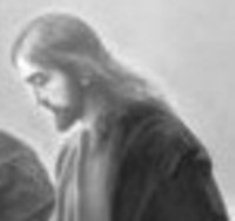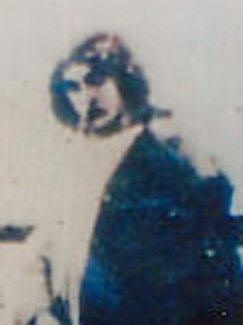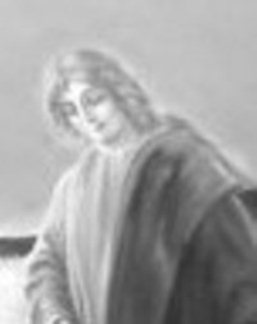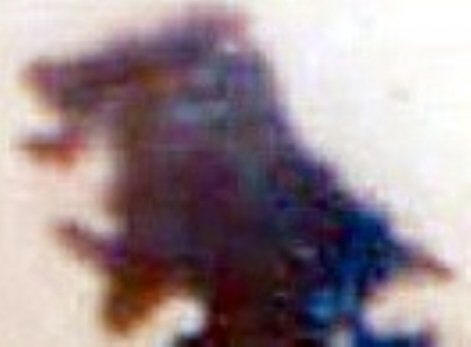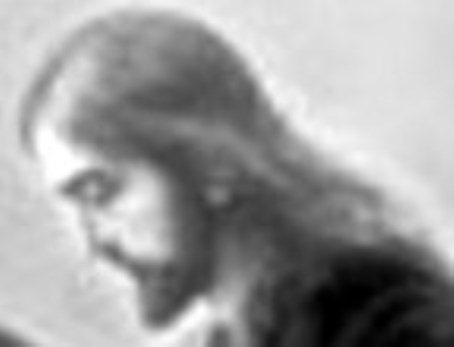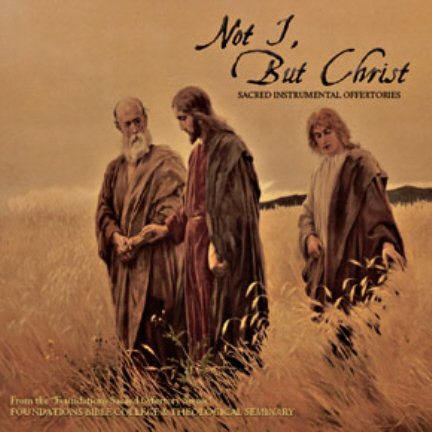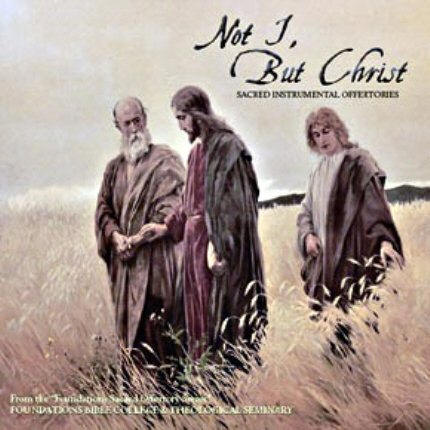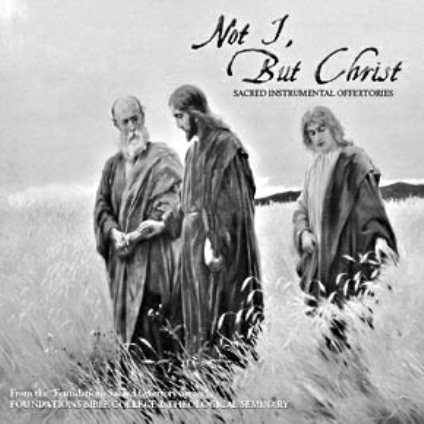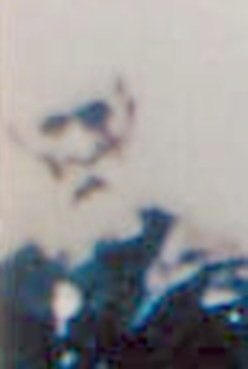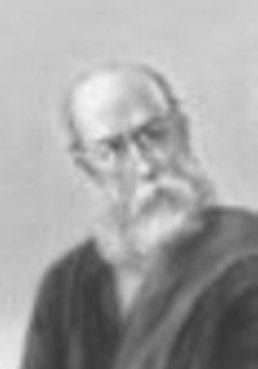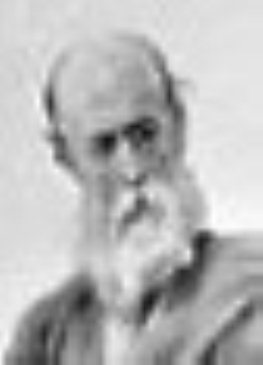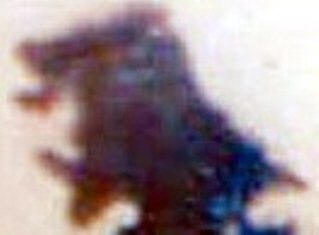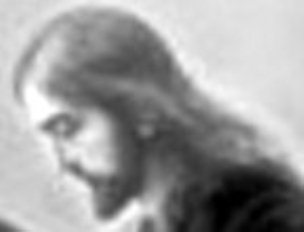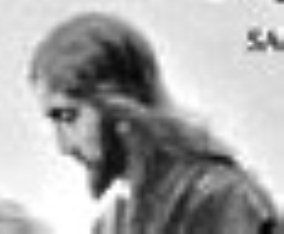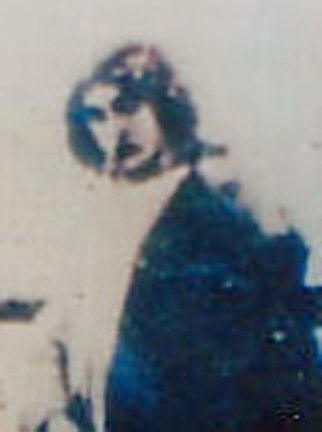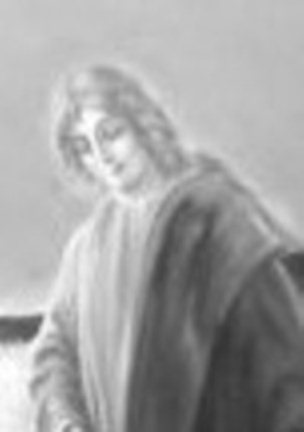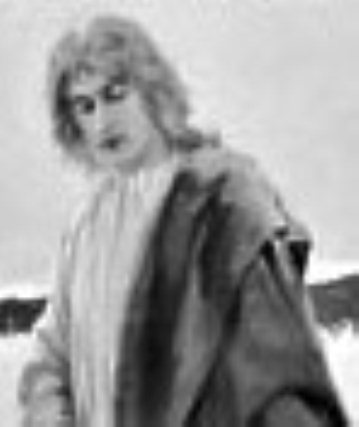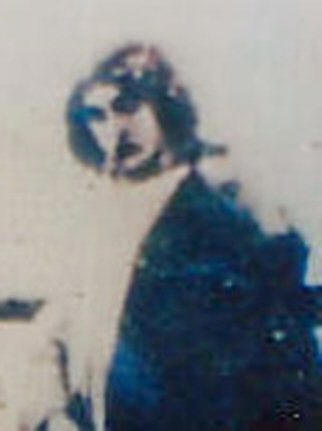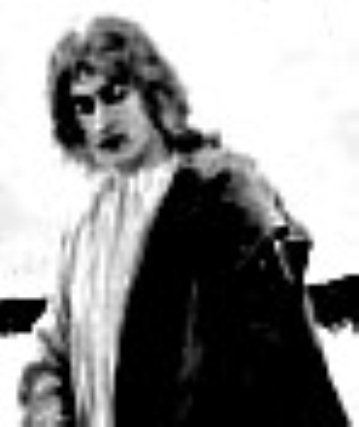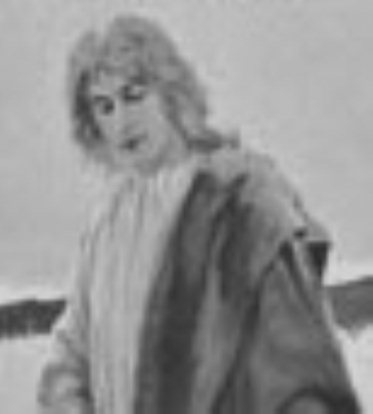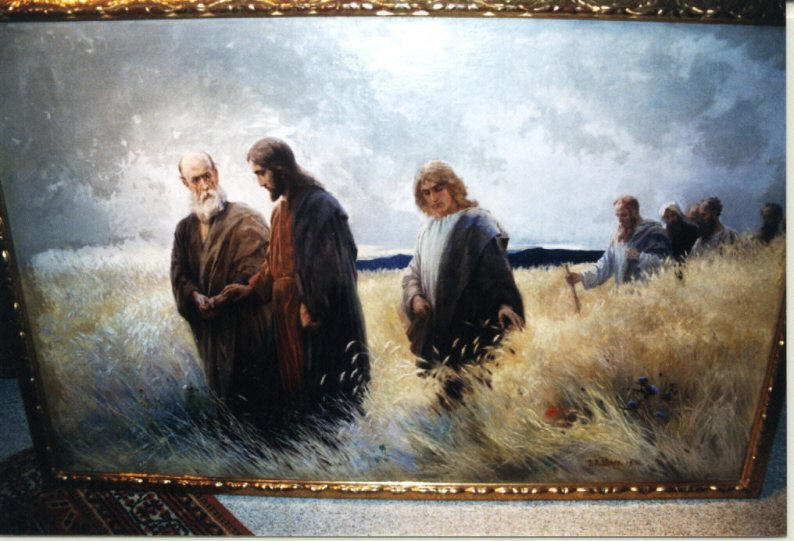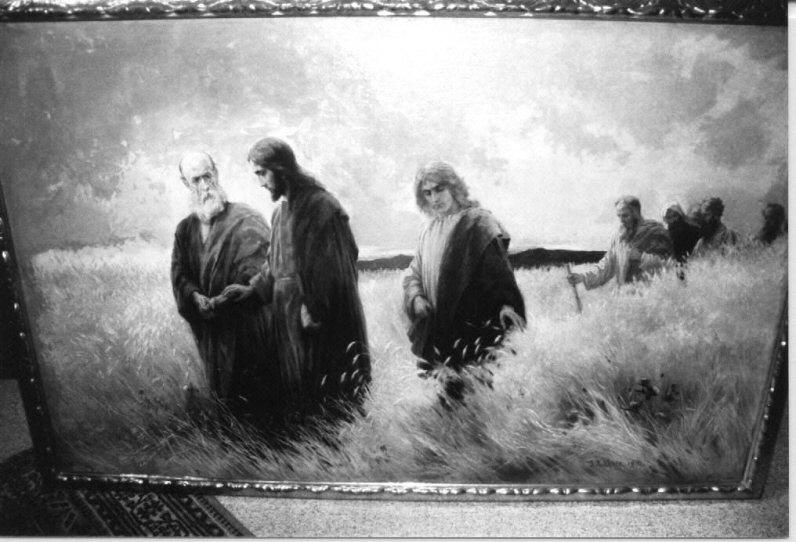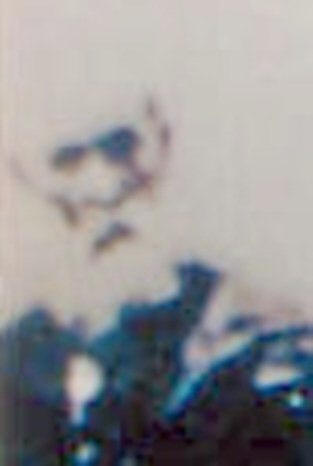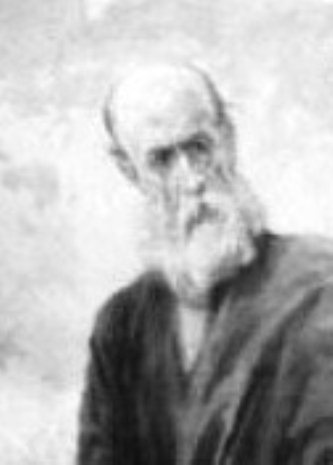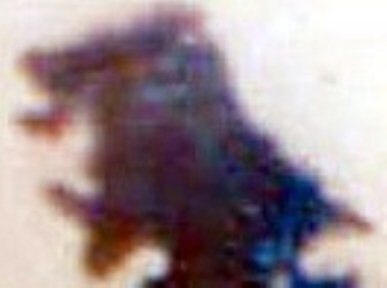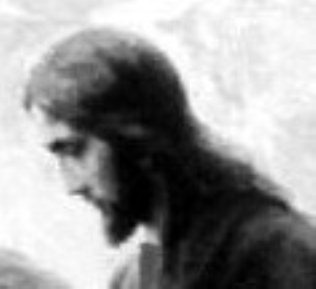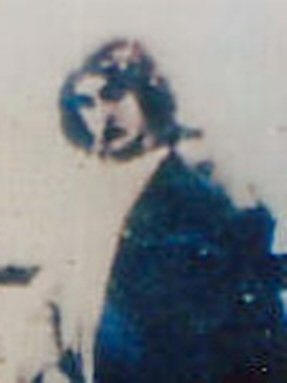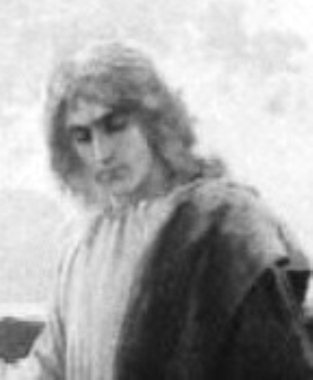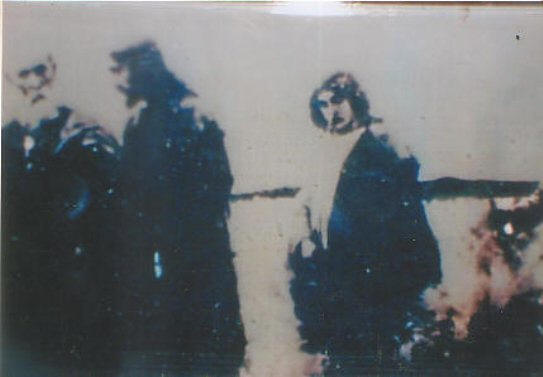
 The
other day, we had an item concerning a reputedly "miraculous" photo of
Jesus and Apostles (primarily "Peter" and, behind Jesus, young "John") or
other followers: a black-and-white photo that, we are told, rang such a
chord with famous mystic and seer Maria Esperanza of Venezuela (currently
up for beatification) that she kept it in a frame in her bedroom.
The
other day, we had an item concerning a reputedly "miraculous" photo of
Jesus and Apostles (primarily "Peter" and, behind Jesus, young "John") or
other followers: a black-and-white photo that, we are told, rang such a
chord with famous mystic and seer Maria Esperanza of Venezuela (currently
up for beatification) that she kept it in a frame in her bedroom.
This meant something to us, for
Maria not only had remarkable intuition but also allegedly saw the
Blessed Mother, other saints, and on occasion the Lord Himself, meaning
that the photo must have resembled what she herself "saw." The
story, handed down through a priest who is close to the family, was that
a woman they had known who had prayed earnestly to know what Jesus
actually looked like felt led while visiting the Holy Land (in the
1950s) to have a companion take a photo
in the direction of the Jordan River (where of course Christ was
baptized, and where He doubtless was on other occasions as well). The
photo [above, left] is certainly unique, with a real feeling attendant
to it.
The
photo [above, left] is certainly unique, with a real feeling attendant
to it.
It soon came to our attention, however, that there
is a painting by a German artist named Johannes Raphael Wehle that is strikingly, even startlingly, similar [versions
to the right, as well as below] to the reputed photo. The
painting was done around 1900, and one can imagine that a
black-and-white photo of it might turn out like the "miraculous" one --
albeit with
smudges, blurs, and shadows which would cause slight differences with
the actual artwork, of which there are various duplications. That
wouldn't
mean the photo isn't anointed but would mean it isn't
"miraculous" in the common use of the word (that is, something that simply appeared on film). Other
accounts of the photo, which have been circulating (we learn) for years, have it
being taken during the 1970s at
Jerusalem's Western Wall. In this rendition, those in the picture are Jesus,
Joseph of Arimathea (since Peter would not have been that old at the
time, or perhaps Nicodemus), and Thaddeus. In the artwork, others are in the background
(the hand and staff of one visible at the right edge of the photo).
We had concluded that in all
likelihood it is
indeed a photograph of an oil painting (anointed, and wondrous, now in
our own home also, but, seeing the painting, perhaps not entirely miraculous).
We're interested in expert input. There are certainly
those who beg to differ, and after a close analysis, one of them, Rich Catti, of Somers, New
York, has concluded that
the photograph is what has been said: a picture of actual people.
We'll let him explain, and let you
discern:
 Saint
Joseph's Prayer Book,
compiled by Sr. Anne Sophie, for everyone including those who need
larger print: an entire array of prayers: morning prayer, prayers to
saints, prayer to your angel, prayers of hope, faith, reflections from
saints, grandparents' prayer, St. Augustine's prayer to the Holy Spirit,
prayers of mercy, the Scriptural Rosary, litany of the Blessed Mother,
Anima Christi, praises, prayer for the holy souls, and much more!
CLICK HERE
Saint
Joseph's Prayer Book,
compiled by Sr. Anne Sophie, for everyone including those who need
larger print: an entire array of prayers: morning prayer, prayers to
saints, prayer to your angel, prayers of hope, faith, reflections from
saints, grandparents' prayer, St. Augustine's prayer to the Holy Spirit,
prayers of mercy, the Scriptural Rosary, litany of the Blessed Mother,
Anima Christi, praises, prayer for the holy souls, and much more!
CLICK HERE
 The
other day, we had an item concerning a reputedly "miraculous" photo of
Jesus and Apostles (primarily "Peter" and, behind Jesus, young "John") or
other followers: a black-and-white photo that, we are told, rang such a
chord with famous mystic and seer Maria Esperanza of Venezuela (currently
up for beatification) that she kept it in a frame in her bedroom.
The
other day, we had an item concerning a reputedly "miraculous" photo of
Jesus and Apostles (primarily "Peter" and, behind Jesus, young "John") or
other followers: a black-and-white photo that, we are told, rang such a
chord with famous mystic and seer Maria Esperanza of Venezuela (currently
up for beatification) that she kept it in a frame in her bedroom. The
photo [above, left] is certainly unique, with a real feeling attendant
to it.
The
photo [above, left] is certainly unique, with a real feeling attendant
to it. 